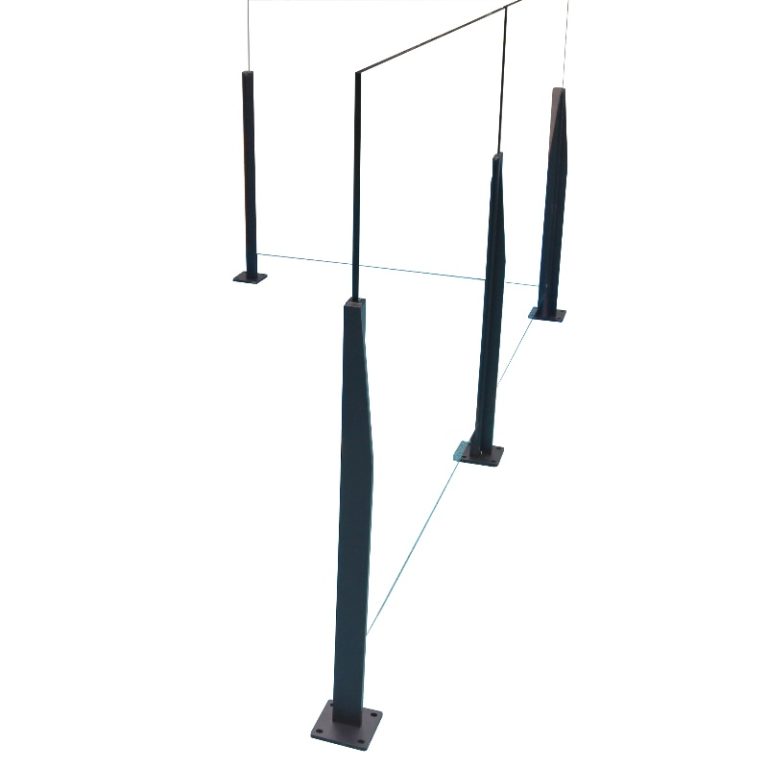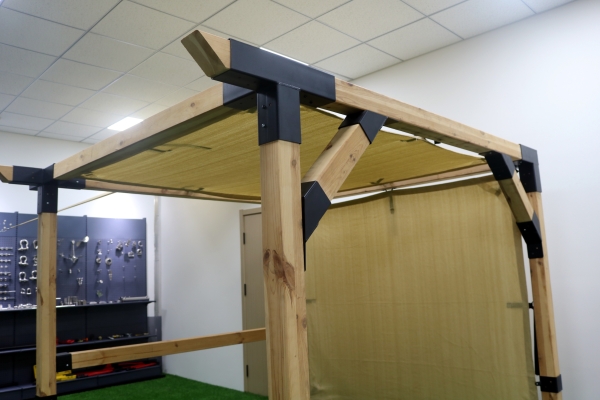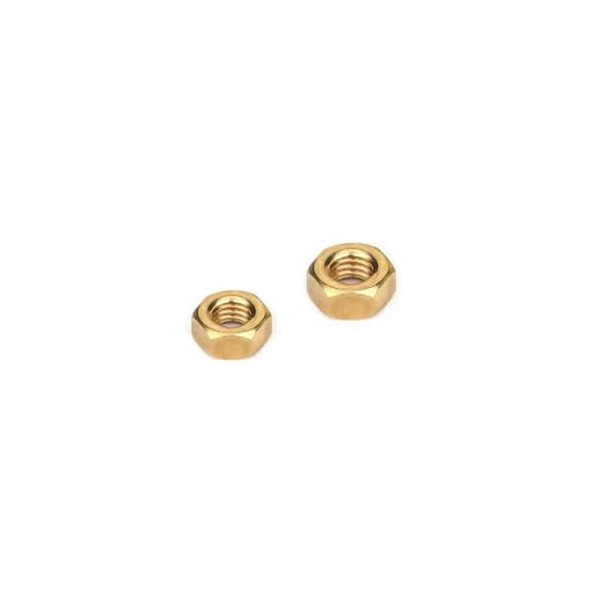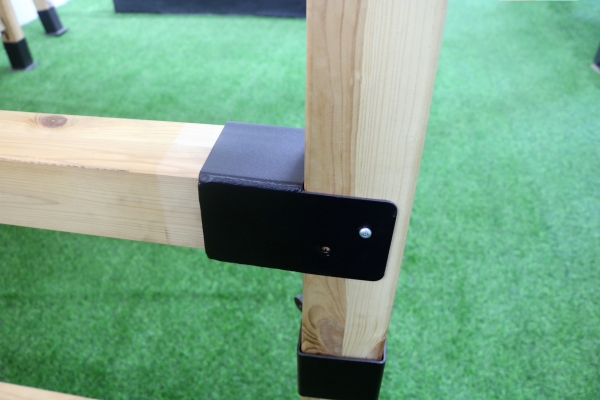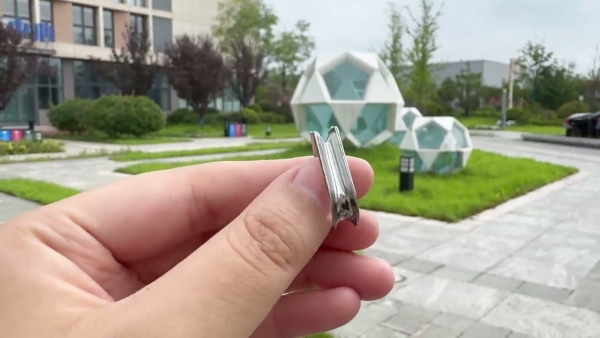Table of Contents
Avantages de l’installation d’une pergola en bois dans votre espace extérieur
Idées de conception pour les pergolas en bois dans les environnements extérieurs
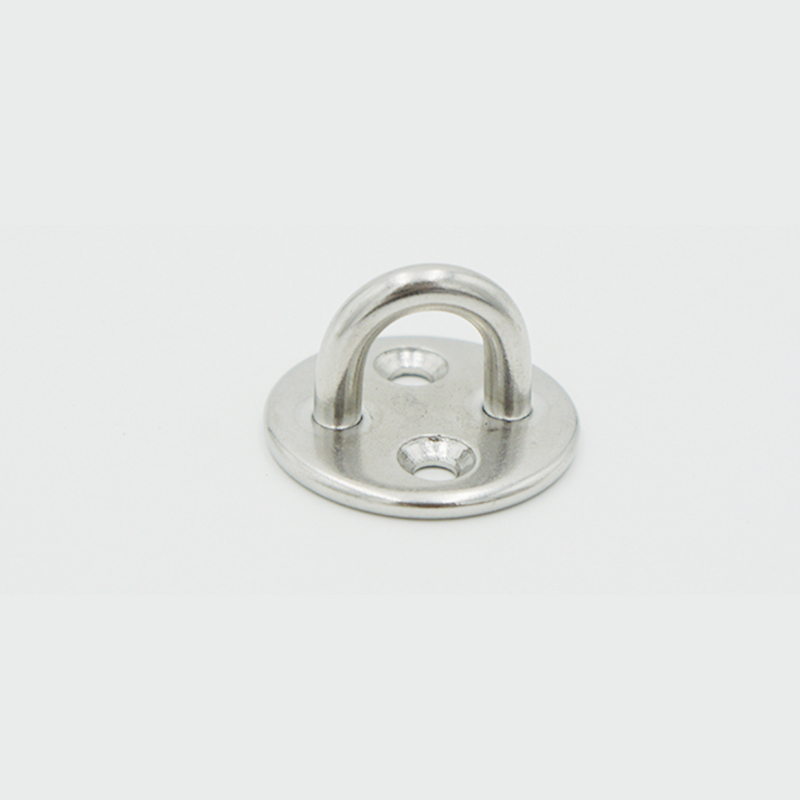
En conclusion, la conception d’une pergola en bois pour un environnement extérieur nécessite un examen attentif de la taille, de la forme, du type de bois, du style et de la fonction. En tenant compte de ces facteurs, il est possible de créer une structure belle et fonctionnelle qui rehausse la conception globale de l’espace extérieur. Qu’elle soit utilisée pour l’ombre, comme support pour des plantes grimpantes ou comme point central dans le jardin, une pergola en bois bien conçue peut ajouter de la beauté et du charme à n’importe quel environnement extérieur.
Design Ideas for Wooden Pergolas in Outdoor Settings
Wooden pergolas are a popular choice for outdoor settings due to their versatility and aesthetic appeal. These structures can provide shade, support climbing plants, and create a focal point in a garden or patio. When designing a wooden pergola for an outdoor space, there are several key factors to consider to ensure that the structure is both functional and visually pleasing.
One important consideration when designing a wooden pergola is the size and shape of the structure. The size of the pergola should be proportional to the size of the outdoor space in which it will be located. A pergola that is too large can overwhelm a small garden, while a pergola that is too small may not provide enough shade or visual impact. The shape of the pergola can also affect its overall appearance. Rectangular or square pergolas are common choices, but curved or irregular shapes can add visual interest to the structure.
Another important factor to consider when designing a wooden pergola is the type of wood to use. Cedar, redwood, and pressure-treated pine are popular choices for outdoor structures due to their durability and resistance to rot and insect damage. Hardwoods such as teak or mahogany are also excellent choices for pergolas, but they tend to be more expensive. The type of wood used can also affect the color and texture of the pergola, so it is important to choose a wood that complements the overall design of the outdoor space.
In addition to the size, shape, and type of wood, the design of a wooden pergola should also take into account the style of the surrounding landscape. A pergola with clean lines and a minimalist design may be more suitable for a modern garden, while a pergola with intricate details and ornate carvings may be better suited to a traditional or rustic setting. The color of the wood can also play a role in the overall design of the pergola. Natural wood tones can blend seamlessly with the surrounding landscape, while painted or stained wood can add a pop of color to the outdoor space.
When designing a wooden pergola, it is important to consider the function of the structure. Pergolas can be used to create outdoor living spaces, provide shade for seating areas, or support climbing plants such as vines or roses. The design of the pergola should take into account how it will be used and what activities will take place underneath it. For example, a pergola with a solid roof or retractable canopy may be more suitable for dining or entertaining, while a pergola with open rafters may be better suited for growing plants or creating a sense of openness in the outdoor space.
In conclusion, designing a wooden pergola for an outdoor setting requires careful consideration of size, shape, wood type, style, and function. By taking these factors into account, it is possible to create a beautiful and functional structure that enhances the overall design of the outdoor space. Whether used for shade, support for climbing plants, or as a focal point in the garden, a well-designed wooden pergola can add beauty and charm to any outdoor setting.

